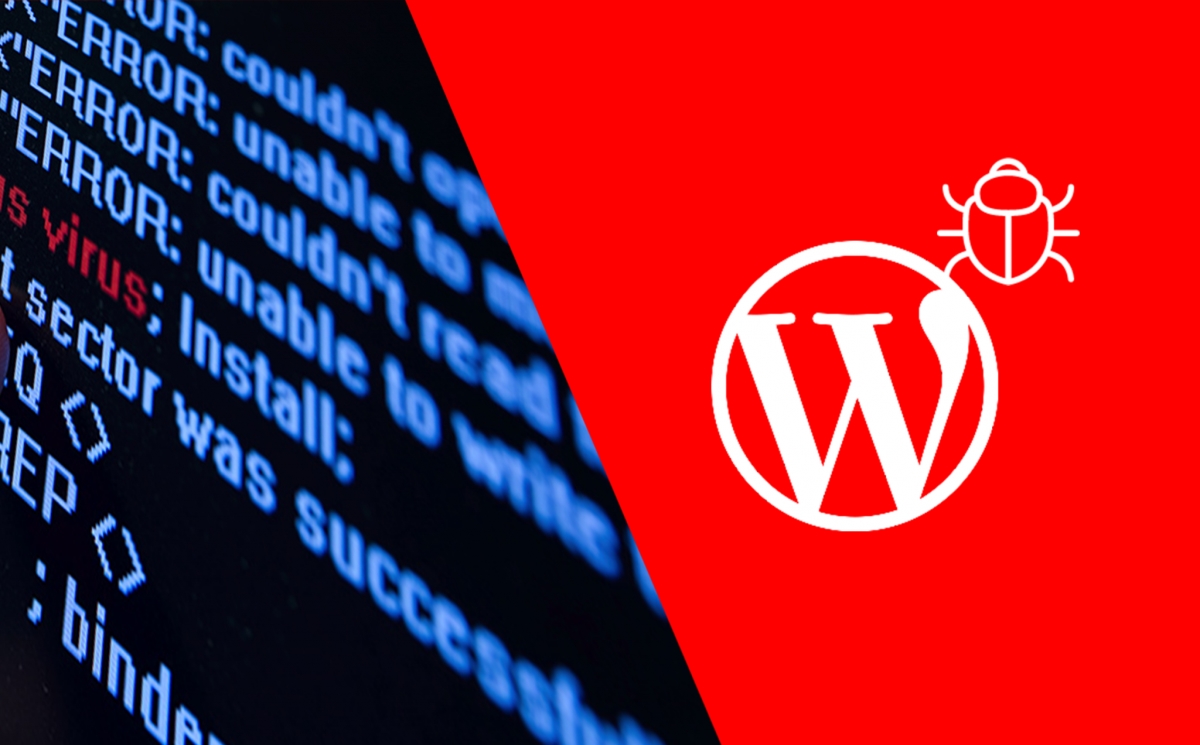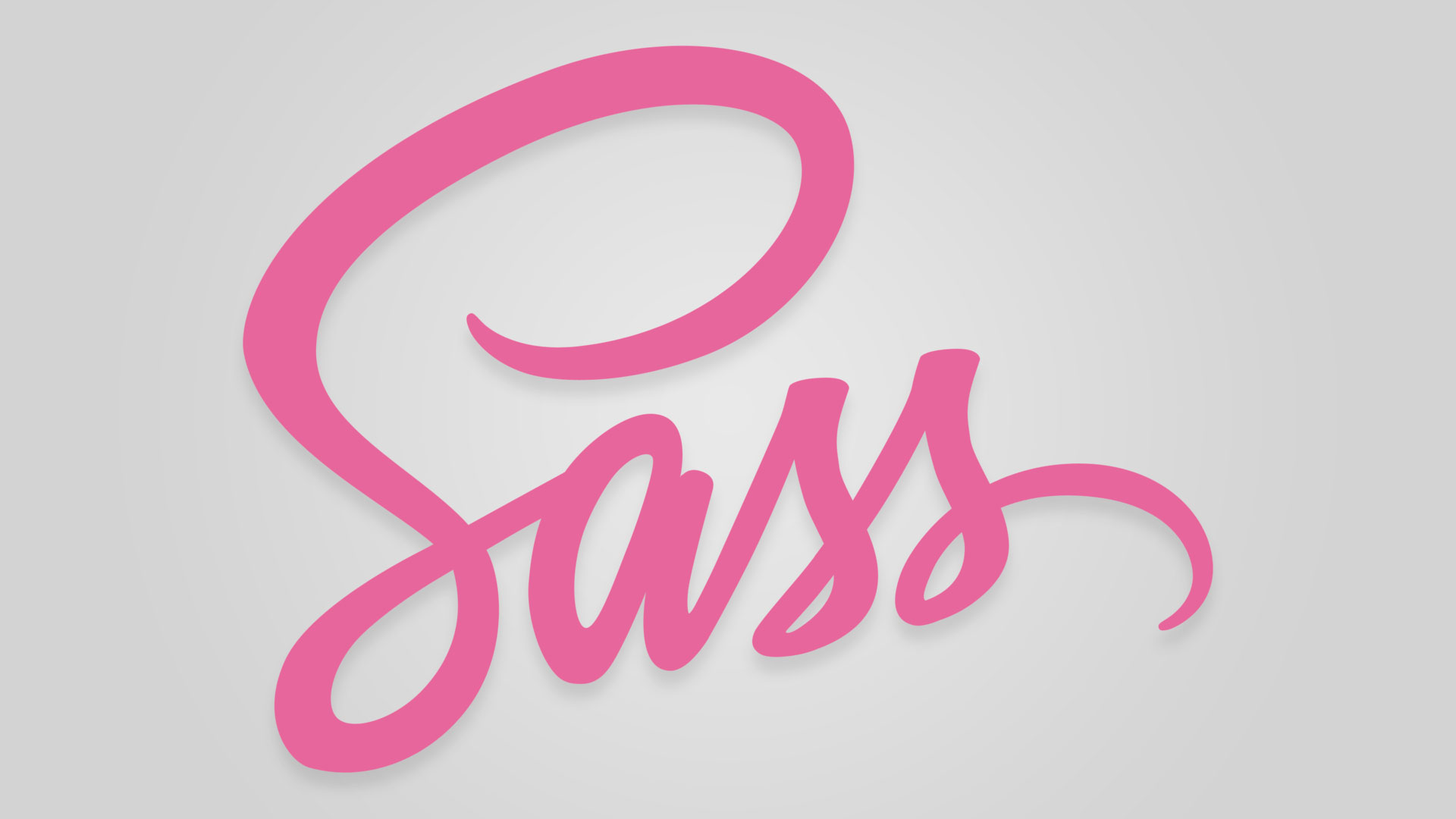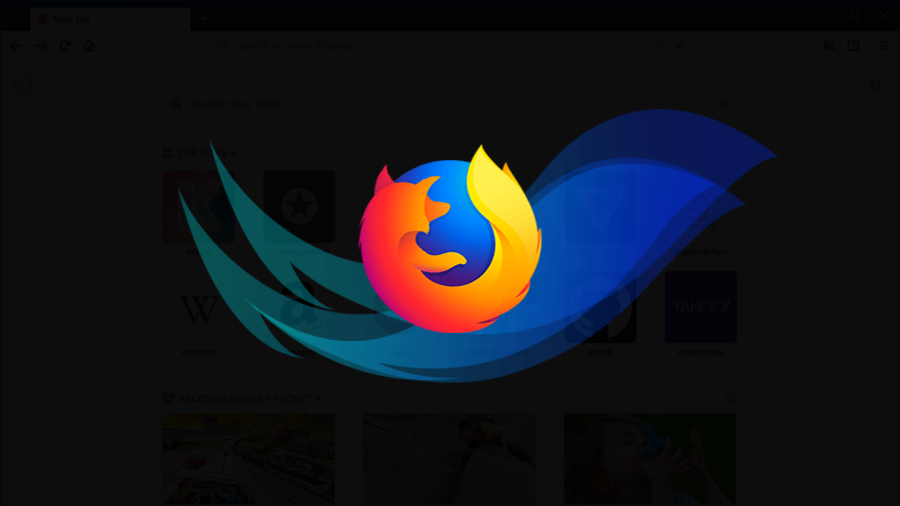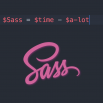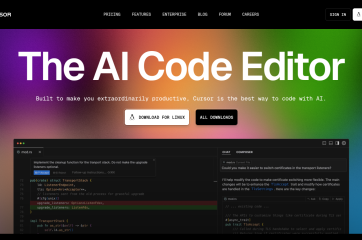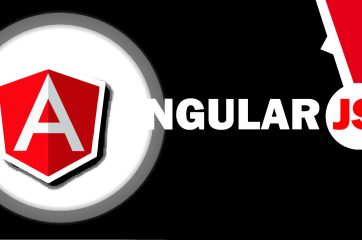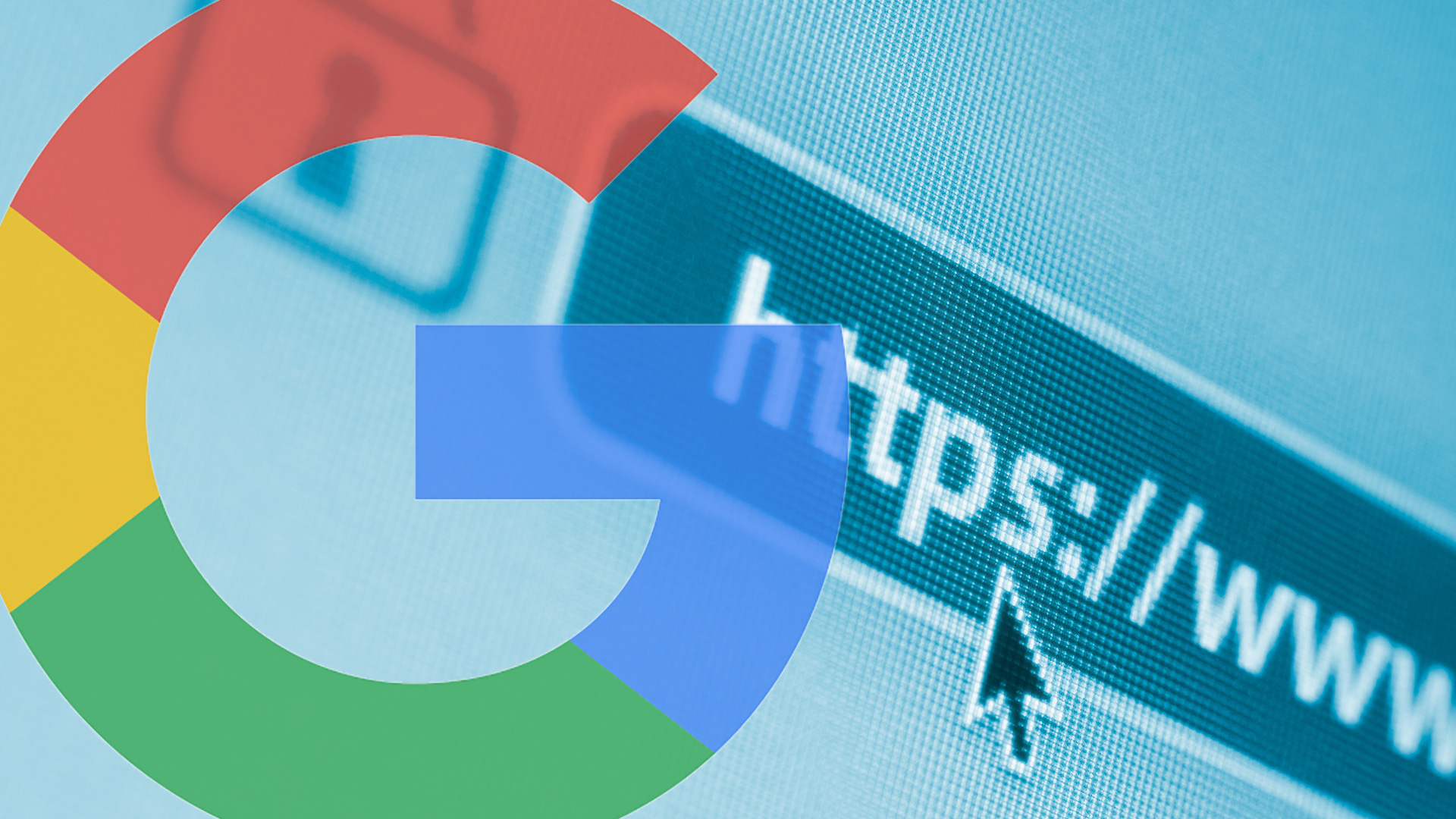
This is a simple example using Push and Popstate. This practice is becoming more common throughout sites such as Twitter and Facebook for changing a URL within the address bar without reloading another page. Typically this allows users to bookmark or share URLs when sites are using some type of infinite scroll.
<a href="#" data-location="/inbox/12">Email Item 12</a>
<a href="#" data-location="/inbox/13">Email Item 13</a>
$('a').click(function (e) {
e.preventDefault();
// Detect if pushState is available
if(history.pushState) {
history.pushState(null, null, $(this).attr('data-location')); // URL is now /inbox/N
// showMailItem(); // example function to show email based on link clicked
}
return false;
});
// Used to detect initial (useless) popstate.
// If history.state exists, assume browser isn't going to fire initial popstate.
var popped = ('state' in window.history && window.history.state !== null), initialURL = location.href;
$(window).bind('popstate', function (event) {
// Ignore inital popstate that some browsers fire on page load
var initialPop = !popped && location.href == initialURL
popped = true
if (initialPop) return;
// showMailOverview(); // exmaple function to display all email since the user has click Back.
});
Website







